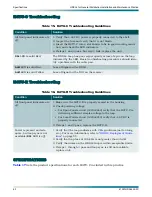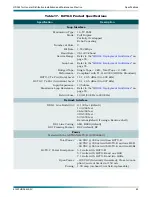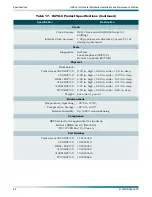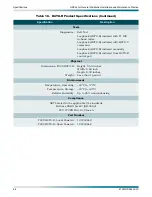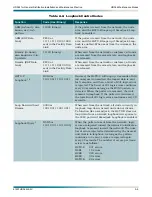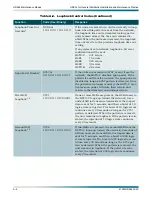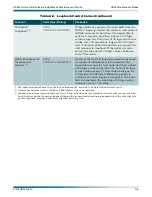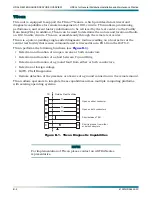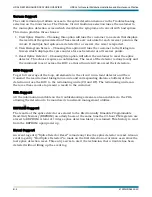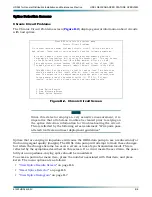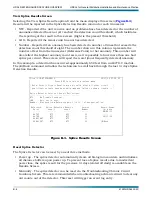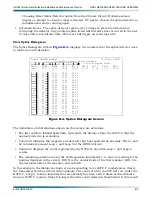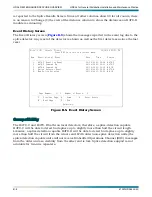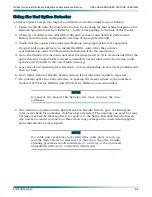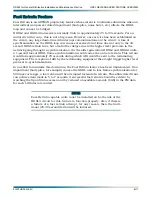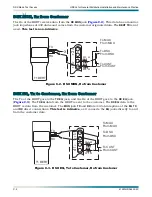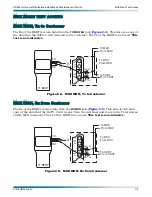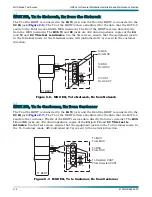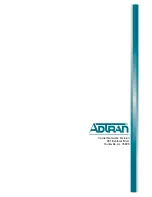
HDSL4 for General Distribution Installation and Maintenance Practice
HDSL NEW ENHANCED FEATURE OVERVIEW
61223HDSL4L2-5C
B-3
Bad Splice Detection
Runtime TScan 2.0
TM
splice detection feature is an ADTRAN proprietary non-intrusive
algorithm for detection of anomalies (bad splices) in the copper pair.
Data transmission transceivers (especially echo-cancelled technologies) are subject to perfor-
mance degradations and errors in the presence of bad splice connections. A splice may be
benign for a period of time, allowing a circuit to behave appropriately for portions of the day.
However, over time the splice will oxidize and incur small, rapid changes in impedance. This
inconsistency in behavior makes the problem difficult to locate. Additionally, an impedance
change that is large enough to cause the transceiver trouble may still be small enough to be
undetected by test equipment utilized on the copper pairs. Therefore a non-intrusive method
of identifying these bad splices has been developed to aid the customer in troubleshooting
their distribution plant.
NOTE
The Splice Detection Feature is included with this product as an
aid to troubleshooting. Due to inconsistency in environmental con-
ditions and their effect on telecommunications plant, ADTRAN can-
not guarantee the accuracy of the measurements. Comparison to
existing engineering drawings should provide exact locations of
suspect splices indicated by ADTRAN algorithms.
The support mechanisms for this feature can logically be divided into the following six
segments:
•
•
•
•
•
•
These support mechanisms are described in the following subsections.
Splice Detection Algorithm
The splice detection algorithm is designed to detect bad splices in training mode and data
mode. The training mode detection is important if the splice is bad enough to prevent synchro-
nization. In data mode, the detector will run periodically after synchronization is achieved.
The HDSL4 transceiver monitors the loop for impedance changes that are of a magnitude to
cause the received signal of the transceiver to be degraded. When a significant impedance
change is detected by the transceiver, the approximate distance from that transceiver to the
anomaly is recorded on the Splice Histogram screen by incrementing the appropriate counter.
When enough counts are accumulated at a particular distance, this distance will be reported
on the Splice Results screen.


